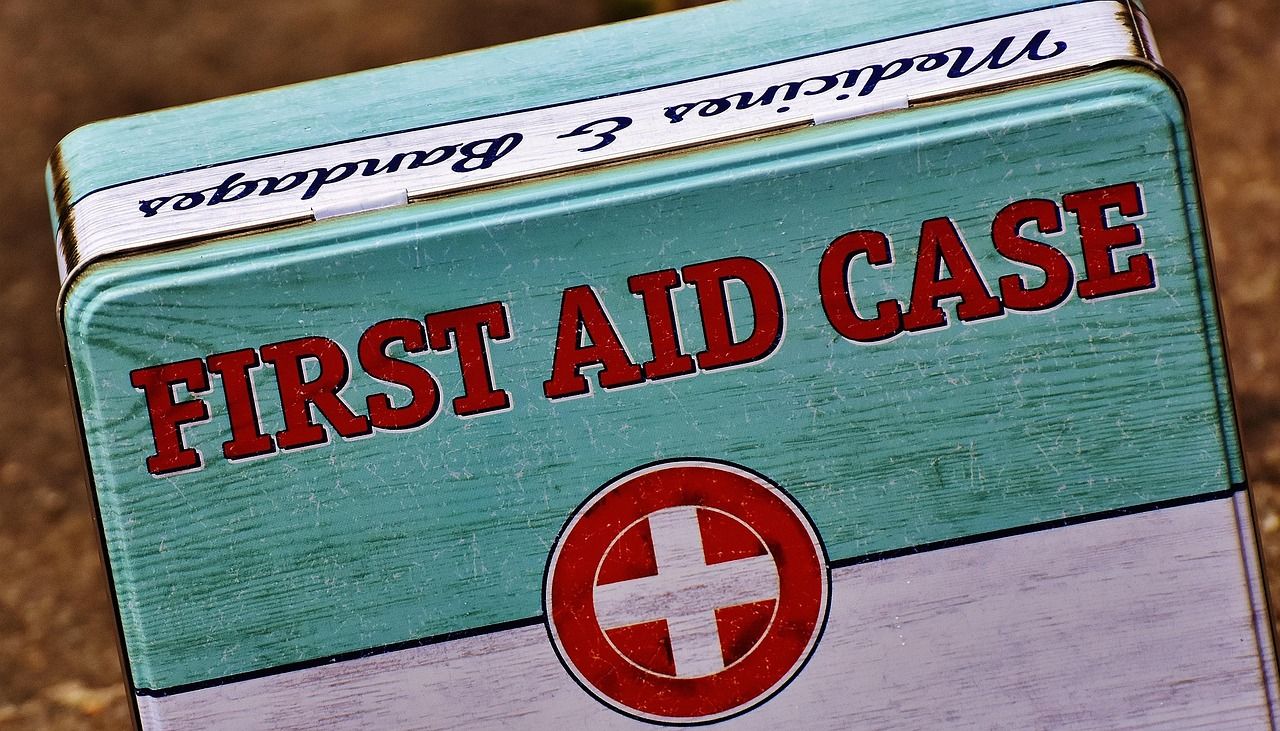Workplace Safety History: Historical First Aid vs Today
The journey of first aid techniques resembles a ship’s navigation system – constantly being adjusted as new knowledge comes to light. Throughout workplace safety history, emergency medical treatment evolved through observation and experimentation, often with approaches that modern safety professionals would find questionable. From ancient herbal remedies to Victorian-era treatments, our understanding of how to help the injured has transformed dramatically. This evolution is like how workplace safety standards have developed from basic guidelines to comprehensive protocols.
First aid wasn’t always based on evidence.
Workplace Safety History: Misconceptions
Medical practitioners once operated under the theory that illnesses resulted from an imbalance of bodily “humors,” leading to treatments that often did more harm than good. Well into the 19th century, medical kits contained tools designed specifically for these outdated approaches. Similarly, rest was often over prescribed for injuries, sometimes resulting in prolonged recovery that modern medicine now knows can be counterproductive.
We now know these are bad:
- Immobilizing patients for extended periods after injury, which we now know can lead to muscle atrophy and delayed healing.
- Applying tight bandages to almost every wound, restricting blood flow and sometimes causing complications in otherwise minor injuries.
- Recommending complete voice rest for any throat discomfort, when modern evidence suggests moderate use helps maintain function.
- Using herbal remedies with unknown effects, administered with good intentions but without understanding their actual pharmacological impact.
These approaches now seem as appropriate as using a sundial to set your digital watch.
Modern Evidence-Based Approaches
Today’s first aid is grounded in research rather than tradition. Modern emergency treatment focuses on doing no harm while supporting the body’s natural healing processes, rather than imposing dramatic interventions.
Scientific advancements have revolutionized our approach to emergency care, leading to standardized protocols that prioritize patient safety and recovery. From bystander CPR techniques to cognitive assessments for concussions, every aspect of contemporary first aid is continuously evaluated and refined. The evolution continues as new research emerges, ensuring that workplace safety practices remain as effective as possible in preventing long-term complications from injuries.

